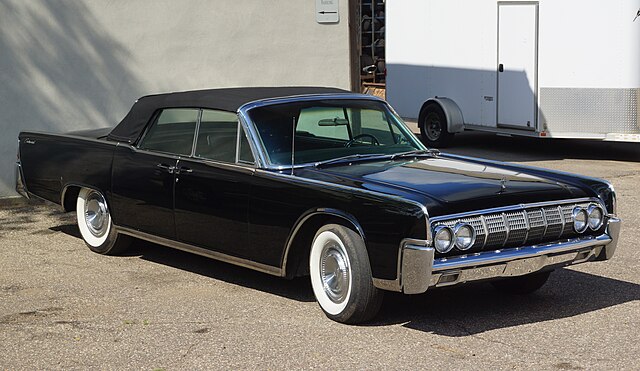
The Lincoln Continental 4th Generation, produced from 1961 to 1969, stands as an iconic representation of American automotive design and luxury. Known for its sleek styling, innovative features, and cultural significance, this classic car has left an indelible mark on the automotive world.
This article delves into the design, engineering, cultural impact, and legacy of the Lincoln Continental 4th Generation, offering a comprehensive look at one of the most revered vehicles of the 20th century.
Introduction to the Lincoln Continental 4th Generation
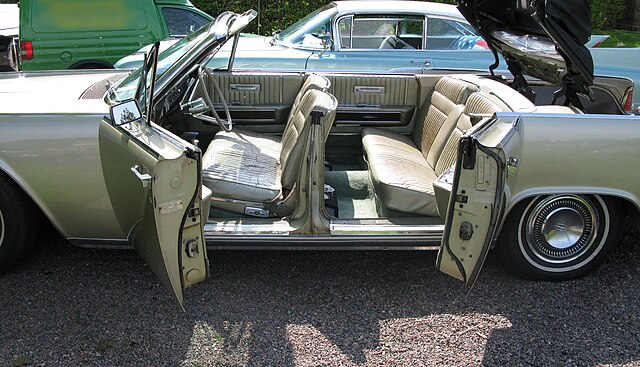
A New Era of Design
The 1961 Lincoln Continental marked a significant departure from the previous generations. Introduced by the Ford Motor Company’s Lincoln division, this new model was designed under the direction of Elwood Engel. The goal was to create a car that would not only compete with Cadillac but also establish a unique identity for Lincoln.
The result was a vehicle that featured clean lines, minimal ornamentation, and a distinctive, modern aesthetic that stood out in the early 1960s.
Key Features and Specifications
The Lincoln Continental 4th Generation was available as both a four-door sedan and a four-door convertible. Key features included:
- Suicide Doors: One of the most notable design elements was the rear-hinged back doors, commonly referred to as “suicide doors.” This design choice provided easier access to the rear seats and became a defining characteristic of the model.
- Unibody Construction: The 1961 Continental was the first American car to utilize unibody construction, enhancing rigidity and reducing weight.
- Luxury Interiors: The interior of the Continental was designed with luxury in mind, featuring high-quality materials, spacious seating, and advanced amenities for its time.
Engineering and Performance
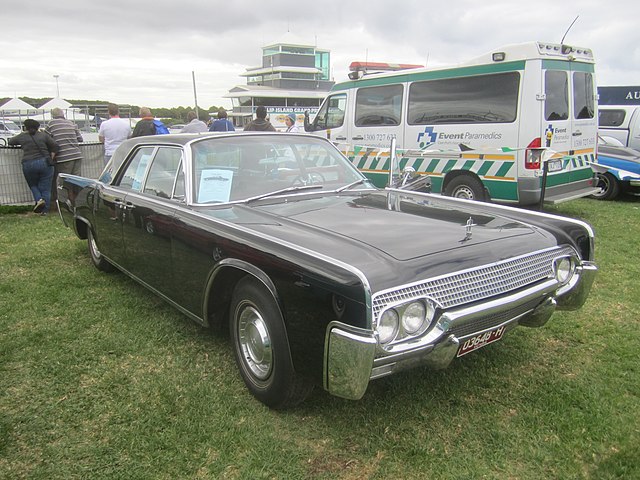
Engine Options and Performance
The 4th Generation Lincoln Continental was equipped with powerful V8 engines, ensuring a smooth and powerful driving experience. Over the years, the engine options evolved to meet performance demands:
- 1961-1965: Initially powered by a 7.0-liter (430 cubic inch) MEL V8 engine, producing 300 horsepower.
- 1966-1969: Upgraded to a 7.6-liter (462 cubic inch) V8 engine, delivering 340 horsepower, providing improved performance and driving dynamics.
Innovations and Technology
Lincoln introduced several innovations with the 4th Generation Continental:
- Automatic Climate Control: One of the first cars to offer automatic climate control, providing enhanced comfort for passengers.
- AM/FM Radio: Available as an option, this feature represented a significant technological advancement in automotive entertainment.
- Power Accessories: Standard power windows, seats, and locks emphasized the car’s luxury status
Cultural Impact and Significance
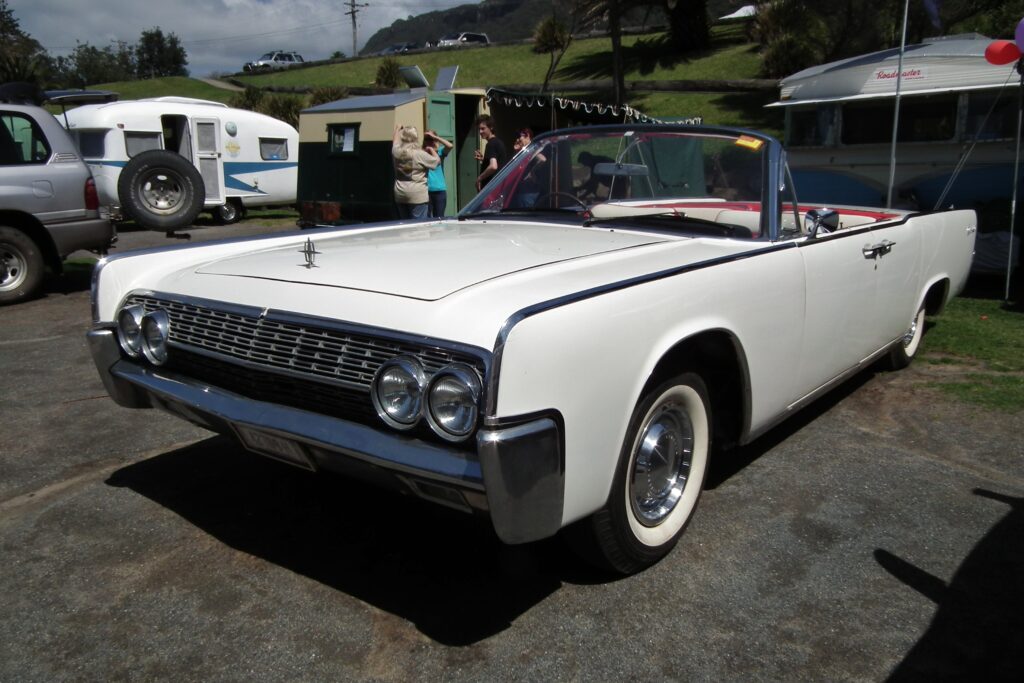
Presidential Limousine
The Lincoln Continental 4th Generation gained immense notoriety due to its use as the presidential limousine for John F. Kennedy. The tragic assassination of President Kennedy in a 1961 Lincoln Continental limousine on November 22, 1963, forever linked this model to a pivotal moment in American history. This event significantly heightened the car’s cultural and historical significance.
Hollywood and Pop Culture
The Lincoln Continental 4th Generation made numerous appearances in films, television shows, and music videos, further cementing its status as a cultural icon. Its distinctive design and luxurious image made it a favorite choice for movie stars and celebrities during the 1960s.
Design Evolution
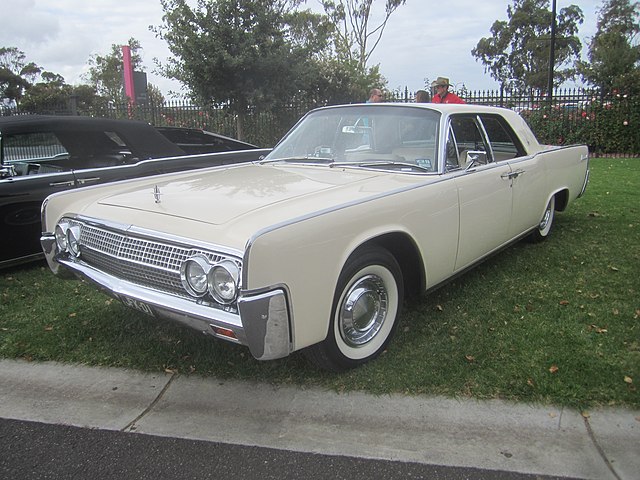
1961-1963: The Early Years
The early models of the 4th Generation Continental were characterized by their clean, minimalist design. The front end featured a simple grille flanked by quad headlights, while the rear end showcased a flat, squared-off trunk. The overall look was elegant and sophisticated, setting a new standard for American luxury cars.
1964-1965: Subtle Refinements
In 1964, the Continental received minor updates, including a new grille design and the addition of horizontal chrome trim. These refinements enhanced the car’s visual appeal without deviating from its original design philosophy.
1966-1969: The Later Years
The later years of the 4th Generation saw more significant changes. In 1966, the Continental received a major facelift, featuring a more pronounced grille and revised rear styling. The car also grew in size, providing even more interior space and comfort. These updates ensured that the Continental remained competitive in the evolving luxury car market.
Legacy and Collectibility
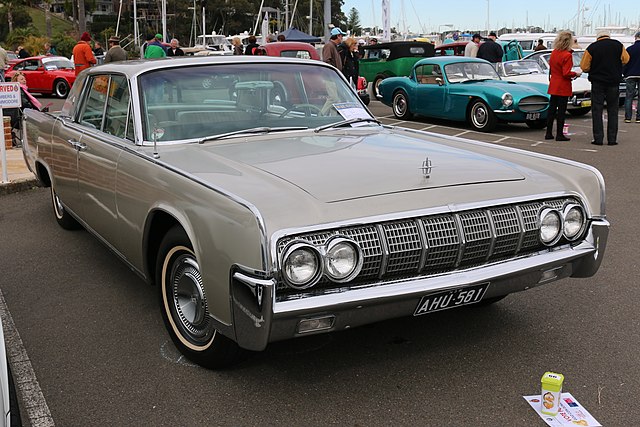
Classic Car Status
Today, the Lincoln Continental 4th Generation is highly regarded among classic car enthusiasts and collectors. Its timeless design, historical significance, and association with American luxury make it a sought-after model. Well-preserved examples can command high prices at auctions and car shows, reflecting the enduring appeal of this classic vehicle.
Restoration and Preservation
Restoring and preserving a 4th Generation Lincoln Continental can be a rewarding endeavor. Due to its popularity, there is a robust market for replacement parts and restoration services. Enthusiasts often seek to maintain the car’s original specifications, preserving its authenticity and value.
Influence on Modern Design
The design principles of the 4th Generation Continental continue to influence modern automotive design. Its emphasis on clean lines, minimal ornamentation, and luxury interiors can be seen in contemporary Lincoln models and other luxury vehicles. The 4th Generation Continental set a benchmark for elegance and sophistication that remains relevant today.
Ownership and Driving Experience
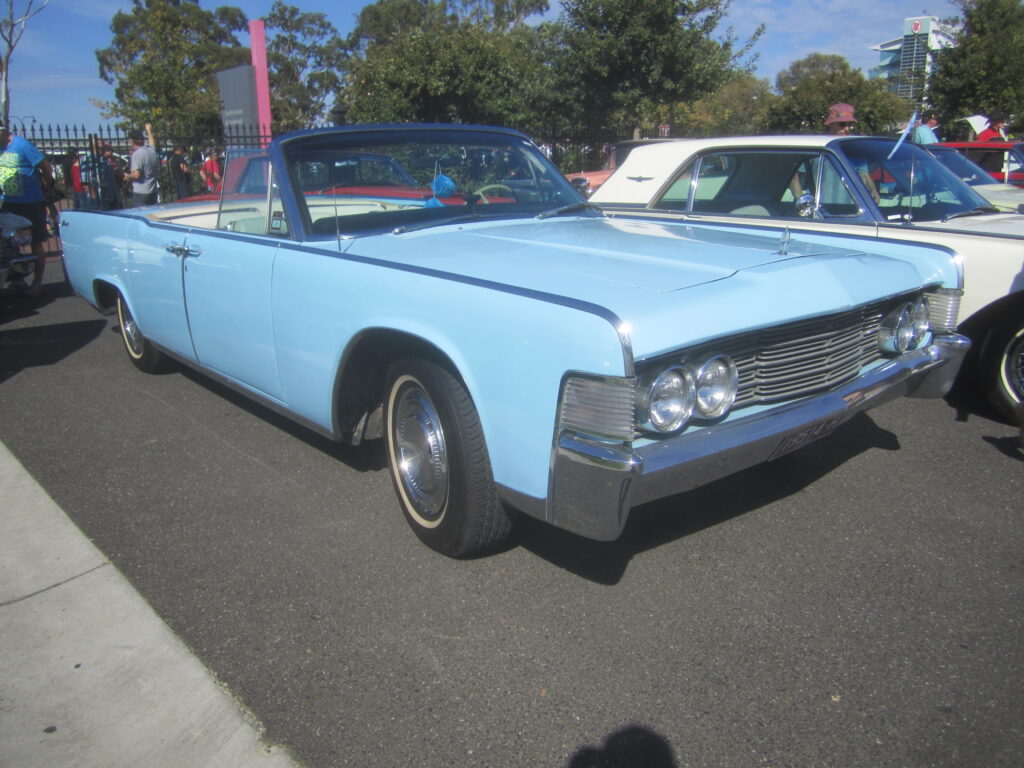
Driving Comfort and Luxury
Owning and driving a Lincoln Continental 4th Generation is often described as a unique and luxurious experience. The car’s design focuses heavily on passenger comfort, providing a smooth and quiet ride that was ahead of its time. The spacious interiors, with plush leather seating and ample legroom, create an atmosphere of opulence and relaxation, making long journeys comfortable and enjoyable.
Handling and Performance
Despite its large size, the Continental offers impressive handling and performance. The powerful V8 engines provide ample acceleration and cruising power, while the car’s unibody construction ensures a stable and solid feel on the road. The suspension system is finely tuned to absorb road imperfections, contributing to a ride quality that is both smooth and controlled.
Modern-Day Ownership
For modern-day owners, maintaining a Lincoln Continental 4th Generation can be both a passion and a challenge. Regular maintenance and access to original or high-quality replacement parts are crucial to keeping the car in pristine condition. Many owners join classic car clubs and participate in events to share their passion and gain support from fellow enthusiasts.
Driving a Piece of History
Driving a 4th Generation Lincoln Continental is more than just a means of transportation; it’s an experience steeped in history and nostalgia. The car’s association with significant historical events and its prominence in American culture add a sense of pride and connection to the past for its owners. Whether cruising on the highway or participating in classic car shows, owning a Lincoln Continental 4th Generation allows one to relive and celebrate an iconic era of automotive history.
Collector’s Perspective
From a collector’s standpoint, the 4th Generation Continental represents a valuable and prestigious addition to any collection. Its historical significance, combined with its distinctive design and luxury features, make it a prized possession. Collectors often seek models with original parts and documentation to ensure authenticity and value.
The community of Lincoln Continental owners and collectors is robust, providing ample opportunities for networking, sharing knowledge, and enjoying the camaraderie of fellow enthusiasts.
Conclusion
The Lincoln Continental 4th Generation (1961-1969) represents a pinnacle of American automotive design and luxury. Its sleek styling, innovative features, and cultural significance have left a lasting legacy in the world of classic cars.
From its use as a presidential limousine to its status as a pop culture icon, the 4th Generation Continental continues to be celebrated and admired by car enthusiasts and collectors alike. As a testament to American craftsmanship and design, this classic car remains a symbol of elegance, innovation, and timeless appeal.
